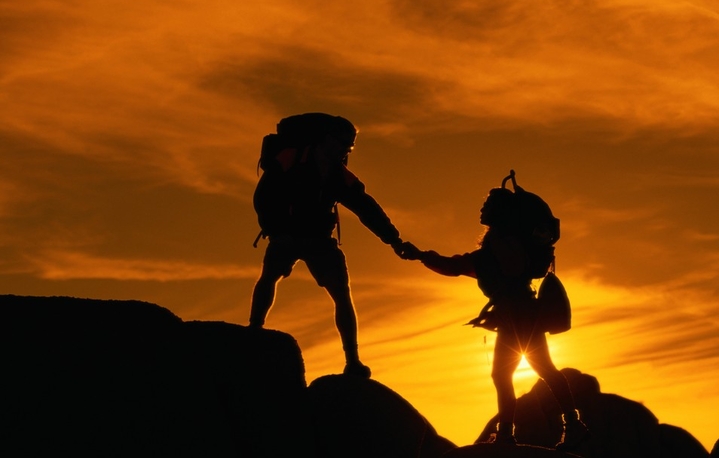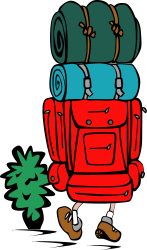Choosing the Perfect Backpack

Having the wrong backpack can make any hiking or camping adventure miserable. When out in the backcountry, you are living out of your backpack and it will be carrying everything you need for survival, so it had better be up to the job.
One of the biggest mistakes people new to camping and hiking make is it to over pack, and then somewhere along the trail they are looking to see what items they can discard. Most experts will tell that you should not attempt to carry more than 25 percent of your body weight and up to 30 percent if you have been conditioned to carry a pack. For example, a 150-pound person should be able to carry 37.5 pounds and a 200-pound person should be able to carry 50 pounds. Now that you know what weight you can carry, you can begin looking at packs.
However, buying a bigger pack than what you need is not a bad thing, just remember just because you have the room does not mean you have to fill it. It is better to have the option so at some point down the road you can add more items if you need to, leave yourself options and after getting better conditioned you may find you can carry more after all.
These are only approximations and before venturing out make sure you can handle the weight, and remember there is a difference in carrying a pack on flat even terrain versus hilly uneven terrain out in the wilds.
Once loaded the pack should hold the items securely. You do not want a bulky sack banging around on your back and all the items bunched up at the bottom. Your pack should have kidney pads and a waist belt so your hips can help take up the weight and to prevent the pack from hitting your lower back as you move. You pack should have pockets and compartments where various items can be secured so they do not all end up at the bottom.
The pack should have some type of internal frame system so the pack holds its shape once packed. The pack should not extend beyond your body more than a few inches on either side once shouldered and fully packed.
Outer pockets are ideal for maps and water bottles that need to be accessed frequently. You should have straps on the exterior of the pack for securing a sleeping pad and a sleeping bag on either the top or bottom. However, you do not want items stacked so high on the top of the pack that your head hits on the items while walking.
You will want a pack that is waterproof or at least water resistant. Not many backpacks can take being dumped overboard and left in the water if you are rafting or canoeing. You should however expect it to protect your supplies during a rain or snowstorm long enough so you can get a poncho on or find cover.
Fit the backpack before purchasing. If you go to an outdoor store, you can have a pack fitted and typically, weights are added so you know how the pack feels when loaded. There are various sized packs so it is important that it fits well around the shoulders and does not hang below the waist to where it would interfere with walking. Once loaded adjust the shoulder straps and a quality pack will allow you to adjust the straps while the pack is shouldered.


